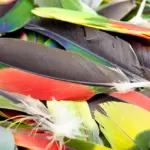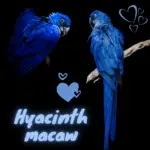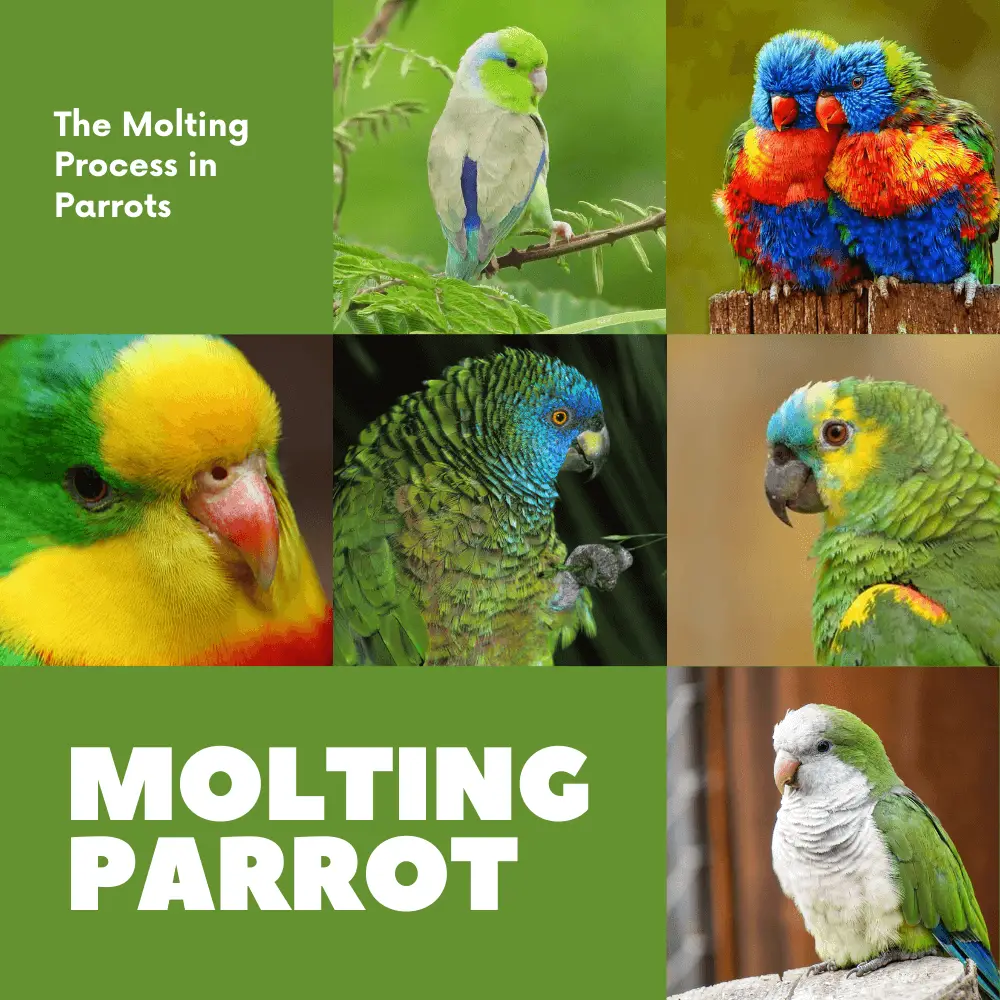
parakeet molting
Molting parrot: The Molting Process in Parrots, Molting parrot Molting is a physiological phenomenon that involves the replacement of existing feathers with new feathers and that can lead to misinterpretation of plumage quality. It takes place at least once a year and usually in spring. In the weeks before, the plumage is naturally duller, which can deceive the clinician.
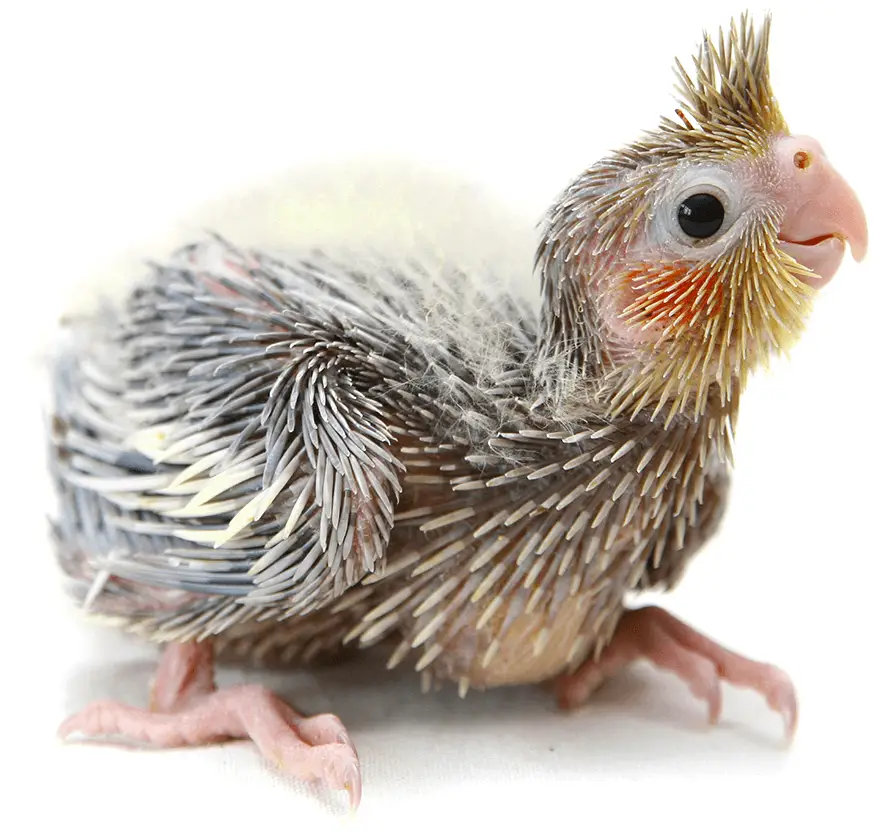
Molting parrot
Once started, it is possible to observe so-called “tube” feathers that are growing. As seen above, the tube protects the feather during its growth and then gradually disintegrates starting with its distal end.
Caudal feathers of a hyacinth macaw
We note the presence of two feathers in the tube, a sign that Molting parrot.
parakeet molting
Bird Molting
SOURCE:AnimalWonders Montana
The Molting Process in Parrots
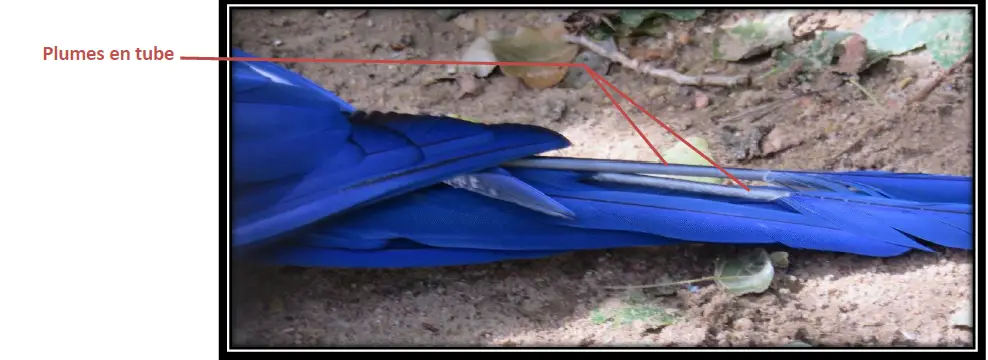
Molting parrot
The Molting parrot Process in ParrotsHowever, be careful with birds living indoors: molting is a physiological phenomenon regulated by the brightness and temperature outside. For some parrots (living in a house for example), these environment parameters are stable during the year, which can affect molting. It is then possible to observe a more discreet molting but spreading all year long, even anomalies of the growth of the feathers (slower, anarchic growth, impaction, etc.
The Molting Process in Parrots
The Molting Process in Parrots

My parrot is molting
SOURCE:MARLENE MC’COHEN
Molting in birds a natural process
The feathers of a bird are essential for thermal regulation and the flight of the animal. Their lifespan is not eternal: to be able to fulfill their functions as well as possible, they must be renewed during regular molts.
Molting modalities
The bird and the molt
Molting according to species
Molt in the Parrot
The feathers completely cover the birds’ bodies, allowing them to regulate their temperature, to fly and to recognize each other. They are regularly replaced throughout the life of the animal, this process called “molting”.
Molting modalities
FREQUENCY AND DURATION
Birds generally molt once or twice a year for several weeks, the exact frequency and duration is specific to each species.
MECHANISM
During the Molting parrot, the worn feathers devitalize and their base detaches: they then fall naturally and are immediately replaced by young feathers.
This loss is done gradually, in a very specific order, so that the bird never finds itself completely naked and can continue to fly.
TRIGGERING AND CONDUCT
Several factors influence the initiation and course of the molt, such as the age and sex of the bird, as well as its environment.
The complex role of these various parameters is still poorly understood, but we know that exposure to light, hormonal secretions, ambient humidity, temperature, diet, and the reproductive cycle have a decisive effect.
do parrots molt
A CRITICAL STAGE
Molting parrot is a trying moment, during which the internal resources of the bird are called upon.
Vitamin and calcium reserves are used, which weaken the animal, tire it enormously, and make it more prone to diseases and fractures. He often stops singing during this time.
SPECIFIC TREATMENTS
To help your bird get through this delicate phase, it is necessary to be extremely attentive to its well-being and to avoid any unnecessary stress.
Food is particularly important and must be enriched with mineral salts, sulfur amino acids, calcium and vitamins with the help of food supplements.
parakeet molting symptoms
Molting according to species
Most small exotic (canaries, diamonds …) renew the integrity of their plumage once a year, in a fairly massive way. The molt usually begins after the reproductive period and lasts two months on average.
PARAKEETS AND PARROTS
Conversely, Psittacidae does not experience a well-defined molting phase. The replacement of their feathers is spread out over the whole year, with more marked peaks usually in spring and autumn.

